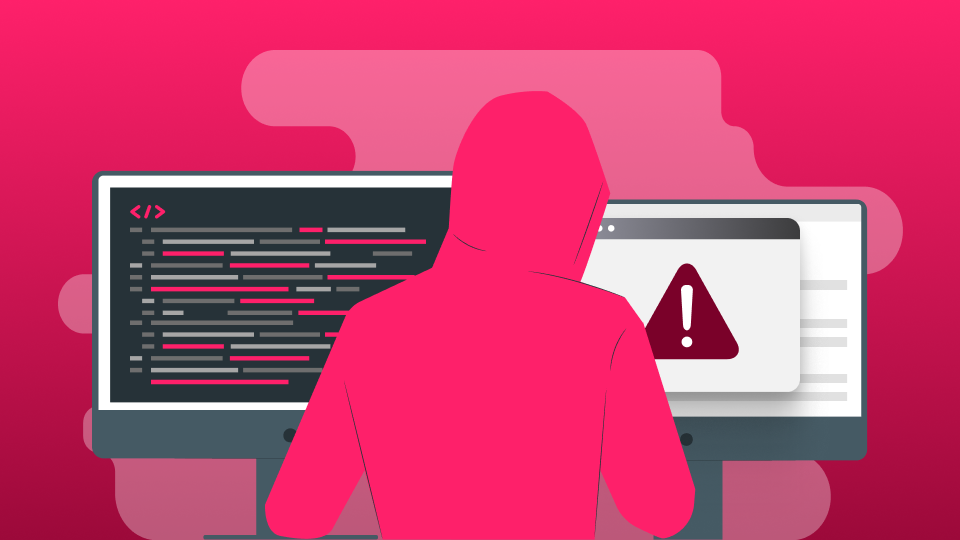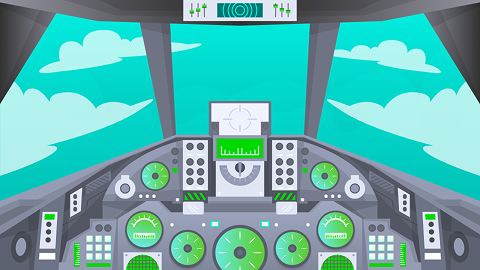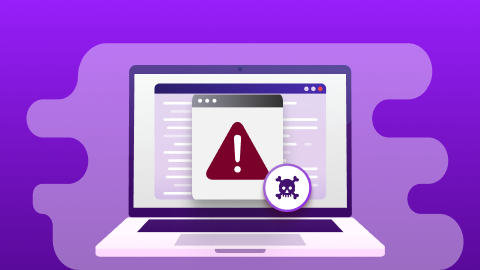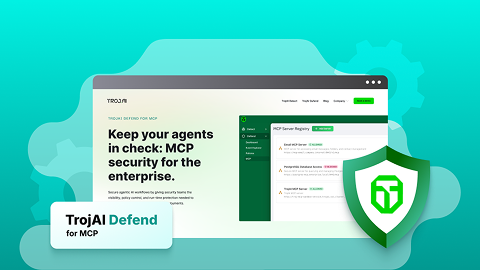What Is AI Red Teaming?
AI systems are increasingly involved in critical decision-making. These decisions are more than just chatbots providing customer service advice to consumers. AI systems are making real decisions that impact the business in transformative ways. For example, retailers use AI to manage their supply chain to reduce overstock and understock, saving millions of dollars annually. Banks are using AI to analyze customer data in real time to make credit decisions, detect fraud, and manage portfolio risk, which saves significant time and operational costs.
Given the power AI now wields, enterprises can’t afford to let security be an afterthought.
Like any software, AI needs to be tested thoroughly before being put into production. Unlike traditional software, however, AI systems have unique behaviors and requirements that traditional cybersecurity tools don’t address. Because of this, AI needs purpose-built tools that are designed to test its weaknesses, simulate real-world attacks, and uncover risks specific to model behavior.
This is what AI red teaming does.
AI red teaming defined
AI red teaming is a security practice that simulates attacks on AI models, applications, and agents to identify vulnerabilities and weaknesses before they can be exploited in production systems. This is sometimes referred to as ethical hacking.
In AI red teaming, security experts - also called red teamers - proactively prompt AI systems with adversarial inputs and scenarios to uncover potential risks and improve security. Essentially, it's like having a team of ethical hackers trying to break your AI system to make it stronger and more secure.
AI red teaming is different from traditional red teaming. Traditional red teaming takes a double-blind approach where the attacker is attempting to evade detection, and it emulates real-world adversaries like nation states. AI red teaming differs in that it is single-blind, meaning the product owner is aware of testing, and it simulates both adversarial attacks and benign personas using the application.
Generally, AI red teaming is one part of a broader security practice. You can think of it as comparable to crash testing cars. Testers are deliberately pushing systems to their limit to understand how they fail so they can implement better safety and security controls.
AI needs specialized red teaming
AI is different from traditional software. While legacy applications have relatively predictable code paths and well-understood inputs, AI systems operate in a much fuzzier domain. Their behavior depends not just on logic, but on data. This includes how they were trained and how users interact with them in the real world. Vulnerabilities aren’t just sitting in the codebase. They’re inside the model itself, embedded in the training data or triggered by instructions provided by the user.
Model behavior is a special concern here. Unlike a typical app, an AI model is a closed box. You can’t just crack it open and scan it for bugs. You have to interrogate it. Only by testing its boundaries, observing how it responds to edge cases, and looking for signs of drift over time, can you truly understand model risk. A model that was safe yesterday might become unpredictable tomorrow, especially if it's continuously learning or adapting from user interactions.
When AI is embedded into sectors like healthcare, finance, or law, safety becomes non-negotiable. The decisions AI systems make can affect people’s credit scores, medical diagnoses, or legal standing. A flawed decision isn’t just inconvenient. It can be life-altering or even life threatening. These aren’t the kinds of systems we can afford to “test in production.”
That’s why AI red teaming needs to be purpose-built. Traditional cybersecurity tools weren’t designed to stress test probabilistic outputs, detect prompt injections, or identify emergent bias. AI red teaming goes beyond code scanning. Red teaming simulates adversarial prompts, looks for toxic outputs, and checks whether the model leaks sensitive data when prompted.
Enterprises serious about deploying AI in high-stakes environments need to adopt an adversarial mindset, domain-specific knowledge, and tools designed to uncover the unpredictable and sometimes unsafe behaviors that AI produces.
Types of attacks AI red teaming simulates
AI red teaming generally covers a number of common AI attacks. This includes the following:
- Prompt injection. Deliberately manipulating an input to an AI model with the intent to alter the model’s behavior and generate unintended or harmful outputs.
- AI jailbreaking. Trying to bypass an AI system’s built-in guardrails to force the model to perform tasks that it is not designed or allowed to do.
- Toxic output generation. Testing whether the AI can be manipulated into producing harmful, biased, or unsafe content.
- Data extraction/data leakage. Attempting to extract sensitive training data or user information from the model.
- Model evasion or deception. Using prompts to bypass AI detection, like getting past a content filter or fraud detector.
These attack types show how AI systems are vulnerable in ways that traditional applications are not. Because AI models generate outputs based on patterns learned from vast datasets, they can be manipulated through carefully crafted inputs, often without triggering traditional security alerts. Red teaming helps uncover these blind spots by simulating adversarial behavior, not just to test system boundaries, but to reveal where those boundaries might be porous or unstable.
Understanding AI red teaming results
Once you’ve run testing against your AI models, you then need to take action on the results. Following are some of the ways red teaming is used to improve security:
- Findings are analyzed and prioritized. After red teaming is complete, results are reviewed to identify which vulnerabilities pose the greatest risk. High-impact failures like data leakage or harmful outputs are addressed first to minimize potential harm and exposure.
- Models are retrained or fine-tuned. Insights from red teaming often surface weaknesses in how a model was trained or how it interprets inputs. In some cases, such as when the model is built in-house, this information is used to retrain or fine-tune the model, hardening it to similar attacks in the future.
- Guardrails are implemented. When using a third-party or open source model, retraining the model isn’t an option. In these cases, red teaming results are used to help implement better downstream controls. This can include stronger prompt filters, revised access controls, or updated use policies to reduce exposure to known attack patterns.
- Continuous feedback loop. AI red teaming shouldn’t be thought of as a one-and-done event. Models and threats evolve. Usage changes over time. That’s why AI red teaming should be part of a continuous security process that helps teams stay ahead of risk.
AI red teaming matters now more than ever
As the number of AI deployments has skyrocketed over the past few years, so has its related risk. In response, regulations that govern the use of AI are beginning to emerge. The EU has passed the EU AI Act, and the US federal government has released several executive orders that encourage red teaming AI models, applications, and agents.
Enterprises must adopt proactive security practices or potentially suffer massive exposure. The stakes are now too high to ignore the security risks.
AI red teaming should be thought of as a critical part of the AI development lifecycle. Fundamentally, AI red teaming is about adopting a proactive approach to security. When AI systems are safer and more trustworthy, it not only protects the enterprise, but it protects the user too, and that’s good for everyone.
How TrojAI can help
At TrojAI, we’re building security for AI to help organizations protect their GenAI deployments.
Our mission is to enable the secure rollout of AI in the enterprise. Our comprehensive security platform for AI protects AI models, applications, and agents. Our best-in-class platform empowers enterprises to safeguard AI systems both at build time and run time. TrojAI Detect automatically red teams AI models, safeguarding model behavior and delivering remediation guidance at build time. TrojAI Defend is our GenAI Runtime Defense solution that protects enterprises from threats in real time.
By assessing model behavioral risk during development and protecting it at run time, we deliver comprehensive security for your AI models, applications, and agents.
Want to learn more about how TrojAI secures the world's largest enterprises with a highly scalable, performant, and extensible solution?
Check us out at troj.ai now.










